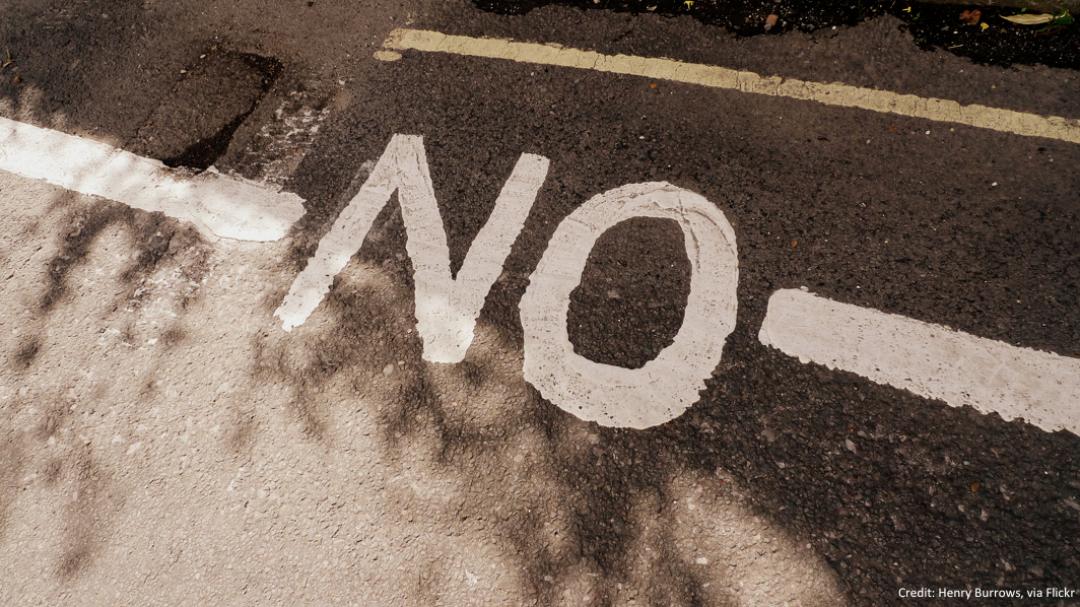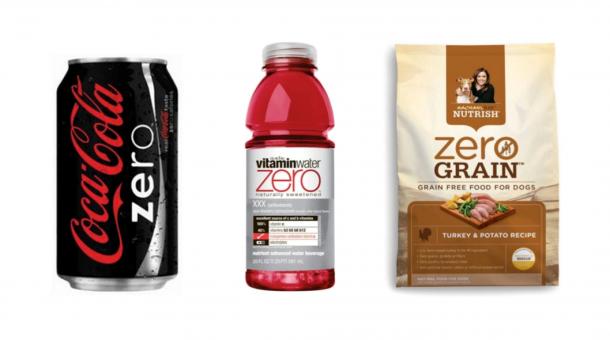
In branding and advertising, we usually focus on the positive: what your product is, what it does, or the benefits of using it. But sometimes, what matters most about a product is what isn’t there.
The food and beverage category is rife with products declaring what’s not there. Sometimes it’s in the name: A classic example is “I Can’t Believe It’s Not Butter.” (What is it? Who knows, who cares. It’s not butter!) We have Coke Zero, VitaminWater Zero, and Rachael Ray even brings us Zero Grain for our pets.

Sometimes we find what’s missing in the descriptor rather than in the name itself: think Fage 0%, and Special K Gluten Free. And we’ll often find it in messaging, whether we’re being told that an item has no sugar, no fat, no grains, no gluten, or whatever ingredient happens to be excluded from the fad diet of the year.
It’s not just food and beverage that features language about negative space. Now that more and more everyday items are being found to contain carcinogens or endocrine disruptors, there’s more messaging than ever about what’s not in consumer products. My Contigo water bottle is advertised as “BPA-free,” while my Simple face wash boasts “NO harsh chemicals, NO artificial perfume or dyes” right on the bottle. My Herbal Essences Naked shampoo bottle prominently announces “0% Paraben” immediately beneath the name.
Sometimes it’s not about what a product contains (well, doesn’t contain), but about its benefits. A benefit can, in fact, be framed a negative. For example, the benefit of a water repellent fabric could be staying dry, like North Face’s DryVent, or it could be not getting wet, like Patagonia’s H2No. The benefit of a hair removal product could be smoothness, as in Braun’s Silk-épil, or it could be no hair, as in the infomercial favorite No! No!.
Focusing on the positive is a good rule to live by in branding, and, heck, in life. But rules are meant to be broken. When the absence of something is really important to consumers, sometimes it makes sense to own what you aren’t.